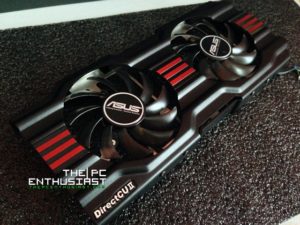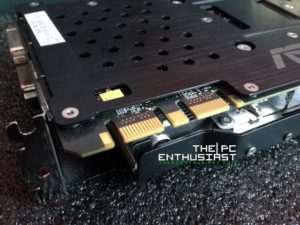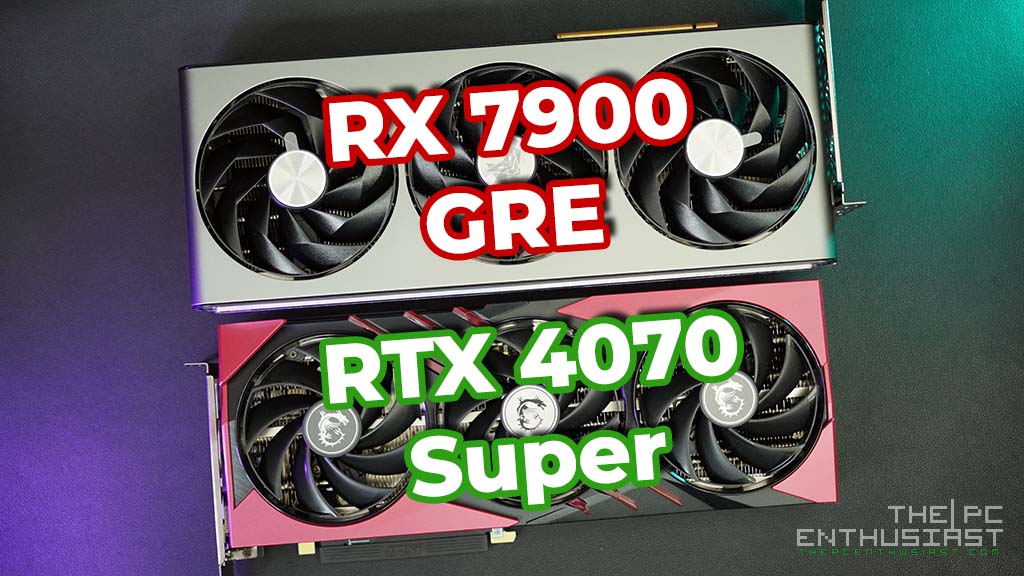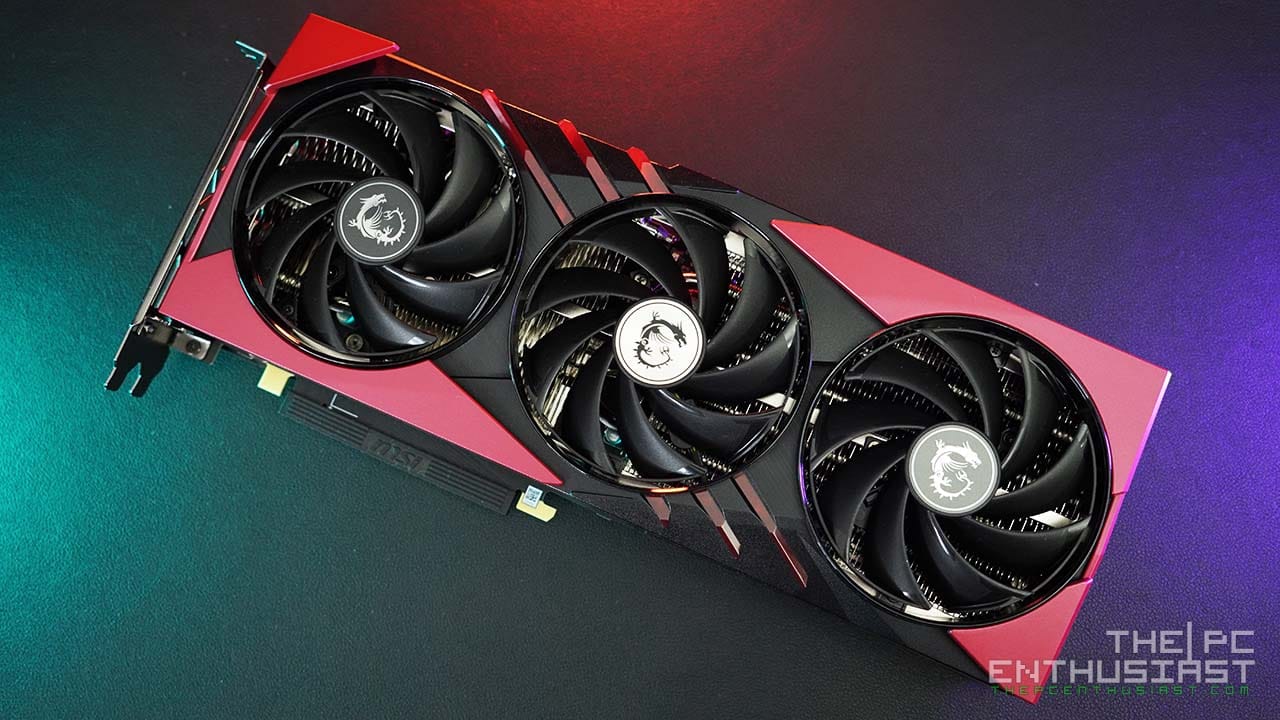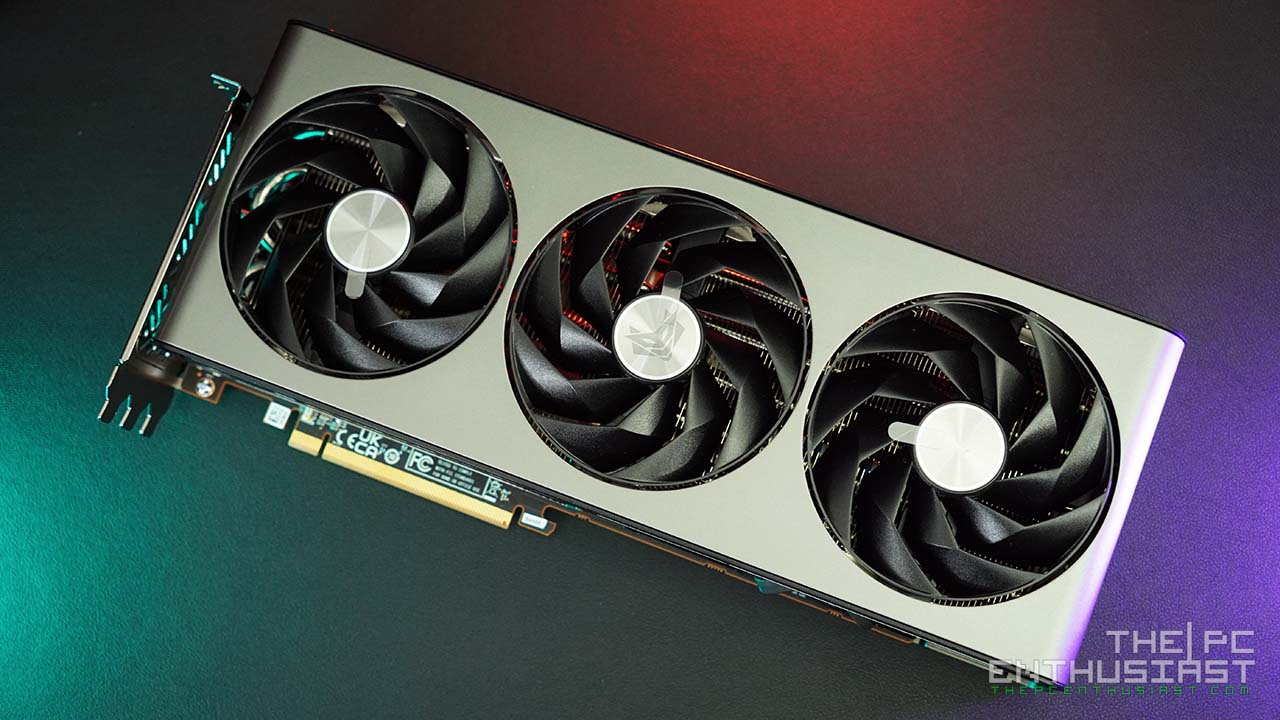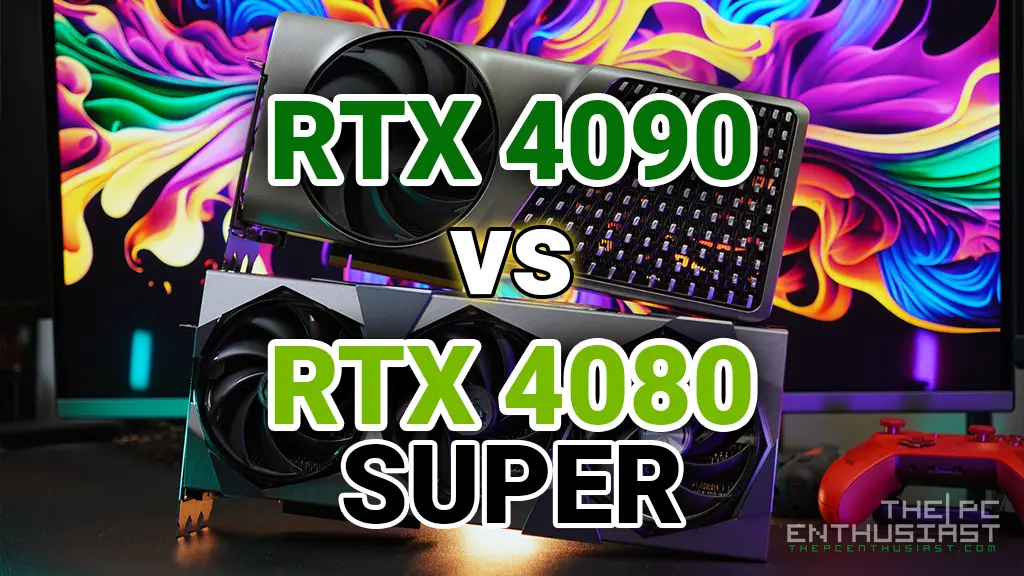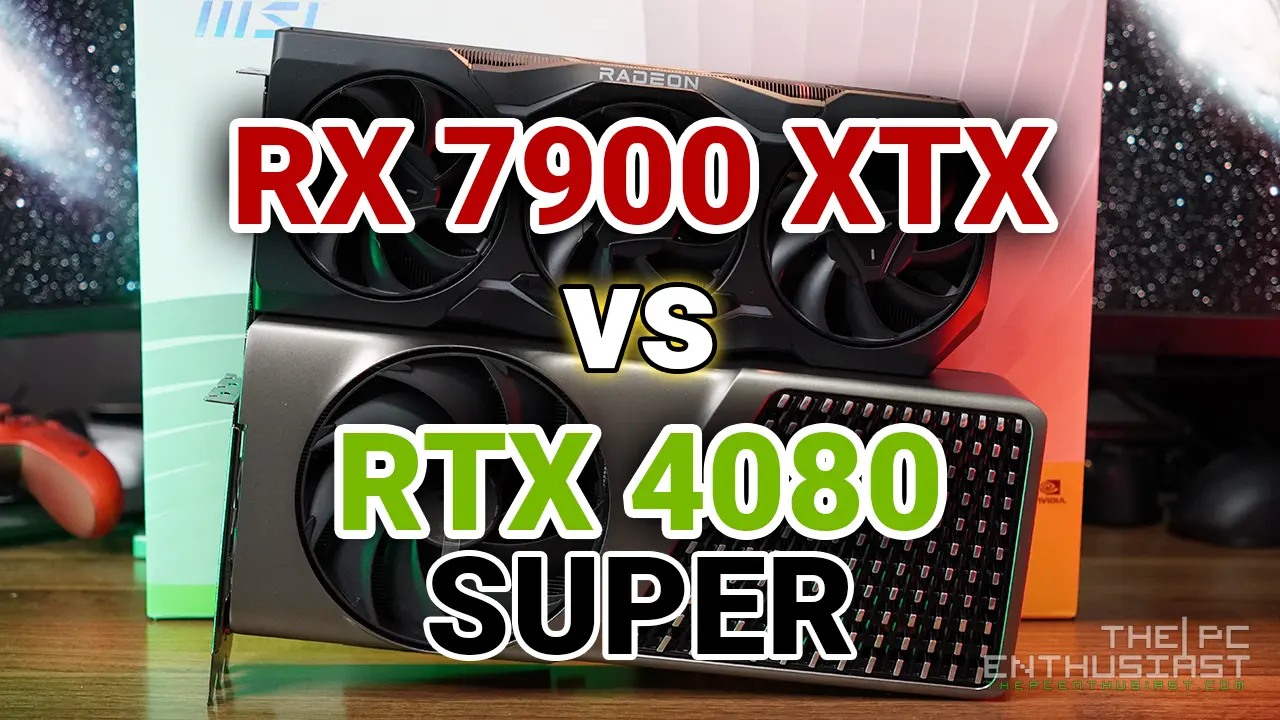A Closer Look at the Card
The Asus GeForce GTX 770 DirectCU II OC edition has the same box design like the rest of Asus’ DirectCU II lineup graphics card.
The packaging actually reminds me of my old Asus GTX 660, where the card is placed inside another Black box. The package includes a manual, a driver CD and a power connector. I would suggest you use a power supply that has two 6+2 pin power connector instead of utilizing the power connector
The Asus GTX770-DC2OC-2GD5 has a familiar DirectCU II cooler design, not similar to the Asus GTX 760, but same with the old GTX 660. There is a backplate supporting the graphics card since it is somewhat heavy. But I noticed that after installing the card to the motherboard, it slightly bends down towards its end due to weight. A graphics card support bracket would be helpful in this case.
The body of the graphics card itself is pretty solid, it’s all metal and you could feel the “premium-ness” of the Asus GTX 770 DirectCU II. But personally I like the other DirectCU II design, the one in the Asus GTX 760, I just wish that it was all metal as well similar to this one.
The picture above shows the DirectCU II metal covering along with two silent 80mm fans. The bracket of those two 80mm fans are also metal and you can remove them by unscrewing it from its sides.
The above picture shows the DirectCU II’s huge aluminum heatsink. There are three heat pipes that directly touches the graphics card GK104 chip. The design of the DirectCU II cooler itself is impressive and pretty solid. No wonder that not only it makes the card looks good, but it also performs great as well.
The picture above on the left side shows the power connector that is powering the two 80mm fans, and on the right side are two SLI bridge connectors if you want to scale up its performance with another Asus GTX 770 card. The SLI bridges are not included in the package, usually it comes with the motherboard, or you need to buy them separately.
The Asus GTX770-DC2OC-2GD5 draws its power from 8+6 pin power connectors. Again, I recommend that you have at least a decent rated power supply that has two native 6+2 pin power connectors. It is also recommended that you have at least a 600W power supply so that the graphics card would function properly. Of course, if you have lots of other PC components installed, or you overclock regularly, or you are planning to do SLI configurations later, you need a more powerful power supply to support your system.
Just near the power connectors, you can see that there are six holes where you can solder a connection and directly monitor the GPU’s memory, voltage, PLL voltage and do some volt modding. These features are for experienced and advanced PC enthusiasts or overclockers who wants more control and access to the card. I personally didn’t use this feature though.
Removing the DirectCU II cooler and the protective backplate will reveal the PCB of the Asus GTX770-DC2OC-2GD5.
And there it is guys, the NVIDIA GK104-425-A2 chip, that is the heart of this graphics card. The graphics processor is paired with GDDR5 memory made by Samsung with model number K4G20325FD-FC28. These memory chips are designed to run at 1750 MHz, 7000 MHz effective speed.
The picture on the above left shows the DIGI+ VRM voltage controller. This is responsible for maximizing the power efficiency of the graphics card, as well as reducing the power loss that it may encounter. On the right side are the Super Alloy Capacitors (just below the Super Alloy Choke) that increases the cards maximum voltage threshold by 30% and its lifespan to 150,000 hours.
Here we see the Super Alloy Chokes and more capacitors, and a heatsink which is responsible for cooling the Super Alloy MOS underneath it. On the right side we see the Super Alloy MOS without its heatsink. These Super Alloy Chokes, MOS and Capacitors helps the Asus GTX 770 DirectCU II OC maintain its stability, specially when it is overclocked further from its factory presets.









